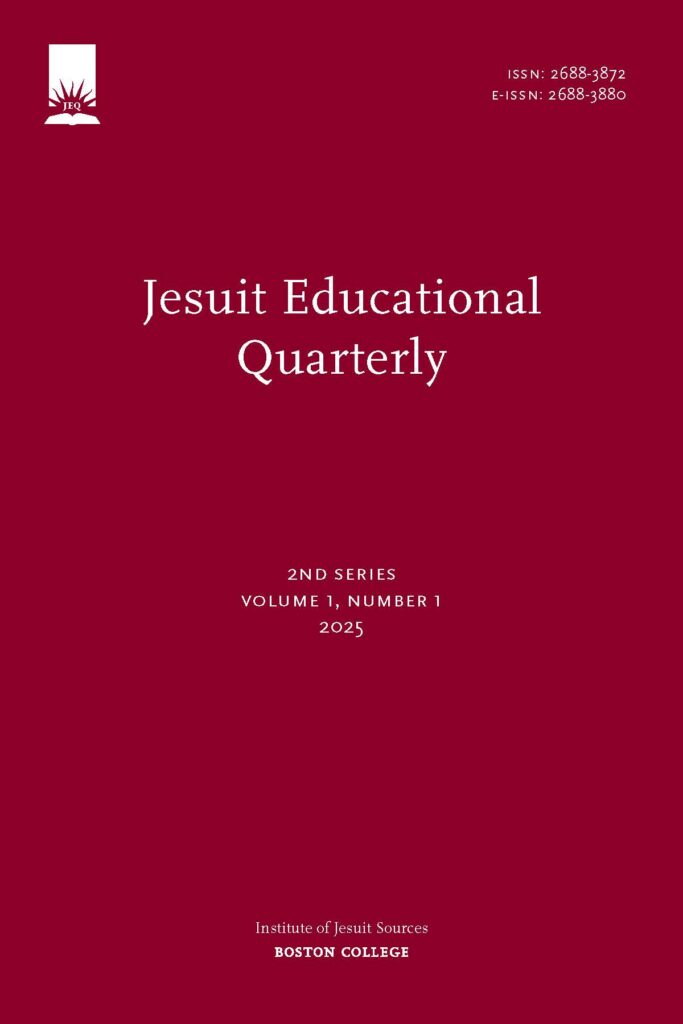On the bustling streets of New York’s Lower East Side, the Nativity Mission Center once stood as a beacon of hope and innovation in urban faith-based education. Though the school itself has closed, the model was replicated and persists in over 50 urban communities throughout the United States. The enduring spirit of this model is captured in The Nativity Phenomenon: A Model that Works, a book that weaves together tales of educational reform and community empowerment. This narrative serves not only as a manual for urban educators in faith-based settings but also as a historical chronicle of a transformative movement in education.
Over nearly forty years, the Nativity Mission Center founded by the Jesuits was more than just a school; it was a community pillar serving an immigrant community that saw the ebb and flow of New York’s socio-economic shifts. The book details the origin story with a compassionate lens, focusing on how the school’s culture helped shape a network of similar institutions committed to serving marginalized populations across the United States, Canada, and Czechoslovakia. Through vivid anecdotes and personal reflections by founder, Fr. Jack Podsiadlo, S.J., the book captures the essence of the Nativity Mission’s impact which is summarized as “breaking the cycle of poverty through education.”
At the heart of the narrative is the NativityMiguel model, an educational philosophy primarily targeting middle school grades that champions a faith-based, holistic approach to learning, extended day and school year, and graduate support program that tracks alumni into high school, college, and career. The book delves deeply into how this model has been replicated nationally from Providence, Rhode Island, to Portland, Oregon, and adapted to diverse communities while maintaining model mission effectiveness standards.
The reader is taken on a detailed tour of the early days of the model, and what is revealed is a depth of commitment to underserved populations and a profound integration of faith with a pursuit of justice. The founding educators of the NativityMission Center and subsequent movement believed educational equity was a moral imperative. This is expressed in the curriculum and supported by extracurricular activities that promote values of love, peace, dignity, and respect—values that are lived out in summer camps and leadership programs designed to foster a well-rounded character.
The Nativity Phenomenon: A Model that Works doesn’t just recount history, it celebrates the ongoing influence of the Nativity community through the stories of its alumni. These narratives of former students returning as mentors and educators embody the founding school’s enduring mantra of being ‘a person for others’. The Foresight Project is highlighted as a prime example of this legacy in action, where the cyclical nature of mentorship bolsters both the individual and the community, ensuring the mission’s continued relevance.
While The Nativity Phenomenon: A Model that Works is rich with detailed storytelling, its specialized focus might challenge a general readership. Yet, for those immersed in the worlds of urban education and faith-based initiatives, it offers a treasure trove of insights. The book’s detailed examination of the Nativity model’s effectiveness provides compelling evidence of its potential for replication, serving as a persuasive guide for educators looking to foster similar transformations in urban communities.
For those dedicated to the advancement of urban education, especially within spiritual contexts, this book is not just informative—it’s inspirational. It calls on educators to see beyond traditional teaching methods and embrace a model that has not only changed lives but also molded community leaders. To all engaged in shaping the futures of young minds in urban settings, let The Nativity Phenomenon: A Model that Works inspire you to weave the threads of faith, education, and justice into a fabric strong enough to support the dreams of the next generation.




